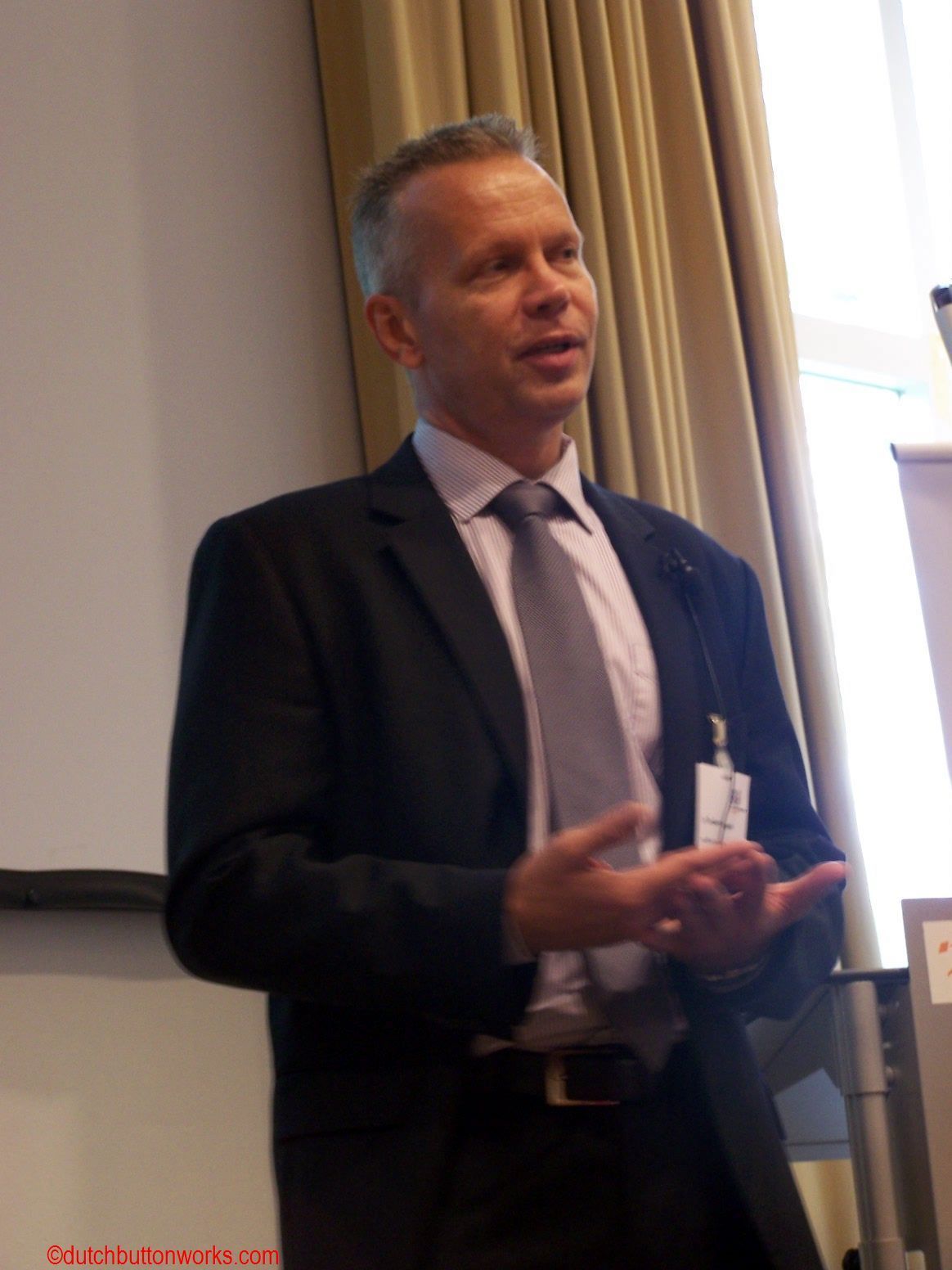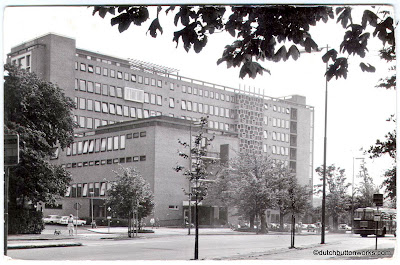Nummerbord bacteriestam
Geen snuffelhond, maar geavanceerde techniek! In plaats van Cliff een Cliffhanger: nummerbord bacteriestam??

Geen snuffelhond, maar geavanceerde techniek! In plaats van Cliff een Cliffhanger: nummerbord bacteriestam??

Overdracht van de ziekenhuisbacterie Clostridium Difficile van patient naar een bezoekende hond!